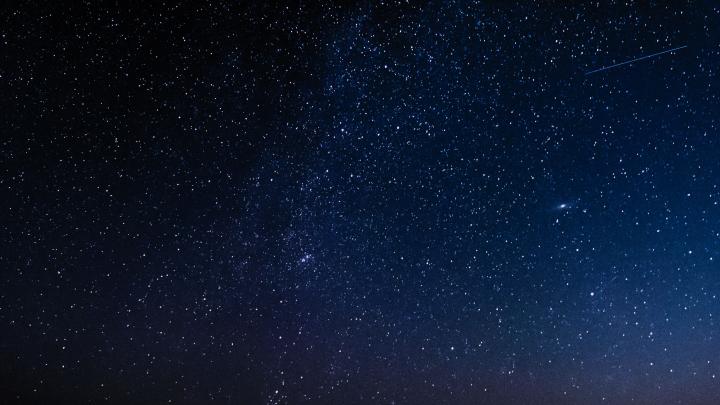Some astronomers argue that there is Planet Nine in the far reaches of the solar system, and if this is true, it should be observed soon. Others even suggest that instead of a planet, far from the orbit of Neptune, there may be an original black hole with a mass of several planets the size of an apple.
In the pages of the Annual Journal of Astronomy and Astrophysics, a group of scientists from the University of Arizona presented a simulation of the birth of the solar system, according to which Neptune (the farthest planet in our system) hides a planet the size of Earth or Mars.
The researchers report that current simulations have difficulties explaining the current composition of the solar system. The missing piece of the puzzle may be the hidden ninth planet that was supposed to orbit the gas giants Jupiter, Saturn, Uranus and Neptune.
According to scientists, it is unlikely that four rocky planets and four gaseous planets will form in our system, and only then dwarf planets. The new simulation supports this argument. Scientists say that adding a rocky planet the size of Mars or Earth in the region of the gas giants gives a more complete picture of the early solar system. Scientists believe that over time, the extra planet may have been ejected by gravity into extra space, joining dwarf planets, or even escaping into interstellar space.
The existence of Planet Nine was proposed in 2016 by a team from the California Institute of Technology. According to these researchers, “Planet Nine” causes the appearance of unusual clusters of distant objects orbiting the Sun beyond the orbit of Neptune. Neptune was also discovered in a somewhat similar way – thanks to the perturbation of the orbit of Uranus.
Meanwhile, the ninth distant globe was supposed to be five times heavier than the Earth and more than ten times more than the center of the system than Neptune. However, the observations did not allow the direct discovery of another planet, and controversy arose over its existence. Some astronomers claim that the previously observed unusual group of so-called trans-Neptune objects is only the result of inaccurate results of difficult research.
Earlier this year, an international team of astronomers published the results of intense observations from multiple telescopes in different parts of the world. The results contradicted the Nine Planet theory. However, a few months later, the authors of the theory about Planet Nine published a research paper in which they claim that, given the information obtained since 2016, it is possible to have almost 100% certainty that such a world exists. Based on the new data, they claim the planet is more than 6 times the size of Earth, with a maximum distance of 300 AU (the average distance between the Earth and the Sun) and an elliptical orbit of about 380 AU.
Meanwhile, various, sometimes really unusual theories have arisen about Planet Nine. Someone says that this object came to the solar system from interstellar space. Such an explanation was proposed by researchers from New Mexico State University, and supported by the results of computer simulations. A planet flying from a distance can be detected relatively easily by the gravity of our system. According to the simulation, 60 percent. Of the cases, the newcomer will leave our system, sometimes taking with him a smaller planet, but by 40 percent. The cases would remain where they were.
In turn, researchers from the University of Illinois at Chicago put forward the thesis that Planet 9, if it exists, is – attention – a primary black hole. These objects, according to current theories, are ancient small black holes that formed shortly after the Big Bang. The smallest ones have already evaporated, but the once huge ones are still around today. Such a black hole would be captured by the solar system, similar to a planet accidentally passing through.
However, the theory has problems with verification. The body, despite the mass of many Earths, would be roughly the size of an apple and a temperature close to absolute zero. This makes direct observation nearly impossible. However, the authors of the thesis propose to search for the phenomenon of dark matter accompanying a black hole, which is accompanied by high-energy rays, such as X-rays and gamma rays.
Another idea for detecting a possible black hole in the solar system has Edward Witten of the Institute for Advanced Study in Princeton. According to him, it is possible to use a miniature trolley weighing only 100 grams, and with this mass it can be accelerated by a laser to a speed of 0.001 times the speed of light. Thanks to this, he would have reached the site in just a decade. The small car only sends signals related to the operation of the timer on board. If there is a black hole in the target, according to general relativity, time will be perturbed and the signal will be transmitted at a lower frequency. And if there is a planet on the fringes of the solar system, astronomers say it should soon be detectable with the help of new telescopes.
Marek Matakz
mat/







